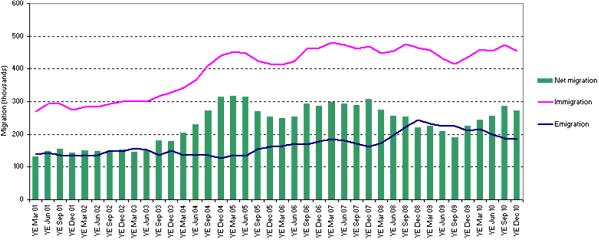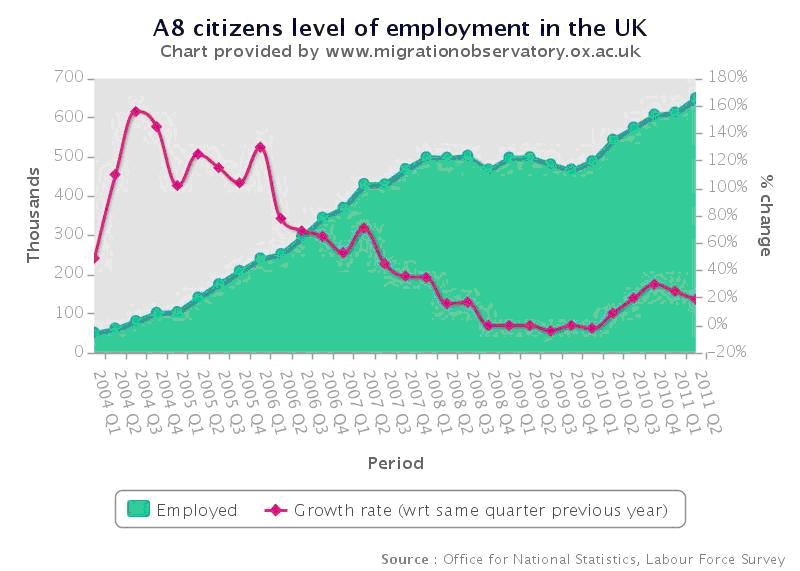by Matt Cavanagh
Today’s report by the Home Affairs Select Committee into the UK Border Agency makes uncomfortable reading for the Government. The report identifies a series of new “backlogs” building up – unsuccessful asylum seekers, visa overstayers, and foreign-national offenders who should be deported at the end of their sentence – in total numbering almost 300,000.
There are continuing management failings at the agency, and in the way it works with other parts of government, and the Committee is right to highlight them.
But the truth is that while in the early 2000s, this was a failing organisation (not “fit for purpose”, if you prefer) by 2010 it had been dragged up to a roughly similar level of competence and morale to the rest of government.
There are worrying signs that it is slipping backwards, in particular due to spending cuts. The coalition’s line is that the staff being made redundant will be replaced by new technology, but the synchronisation is wrong: rather than waiting for the technology to prove itself before taking the dividend in reduced staff numbers, the cuts started at the same time as the technology programme was mired in delays.
Some of the biggest challenges, however, are beyond the control of the agency – and even that of the government as a whole. Take the issue of removing those who have overstayed their visas, or had their asylum claim rejected, or were here legally but then committed a serious crime which should see them deported. This is one of those problems which, in opposition, both Conservatives and Liberal Democrats colluded with the media in presenting as easy to solve.
It is becoming increasingly clear that, in government, their performance has been no better than Labour’s – if anything slightly worse. The number of foreign national offenders removed at the end of their sentence, which rose each year from 2006 to 2009, has fallen each year since.
Today’s report highlights the growing backlog of visa overstayers, which the home office apparently has no strategy for dealing with – and warns that the backlog of unsuccessful asylum cases, recently cleared, may be starting to build up again.
This is an area where the policy and politics of immigration would be greatly improved if all parties decided to join together and be honest with the media and the public about the constraints on what government can realistically achieve.











